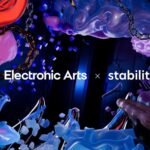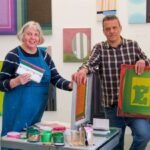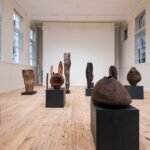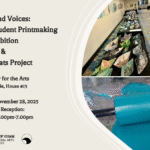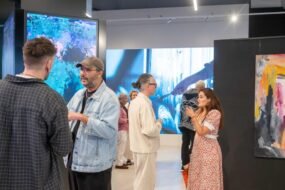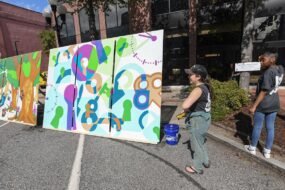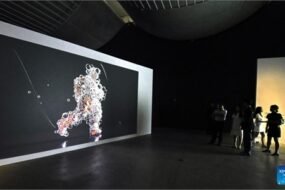
Los Angeles County Museum of Art, Until 13 July
Remember the scene in Jurassic Park when Laura Dern first sees from the Jeep, with wide-eyed awe and wonder, a thundering computer-generated dinosaur? That moment plays as part of a film montage in Digital Witness, which explores how visual artists over the past four decades have put advances in digital imaging and editing software to use. It is also weirdly emblematic of the show itself, which veers from the productive but relatively benign “digital turn” in image-making to witness, if not fully confront, the real beast in the room: artificial intelligence.
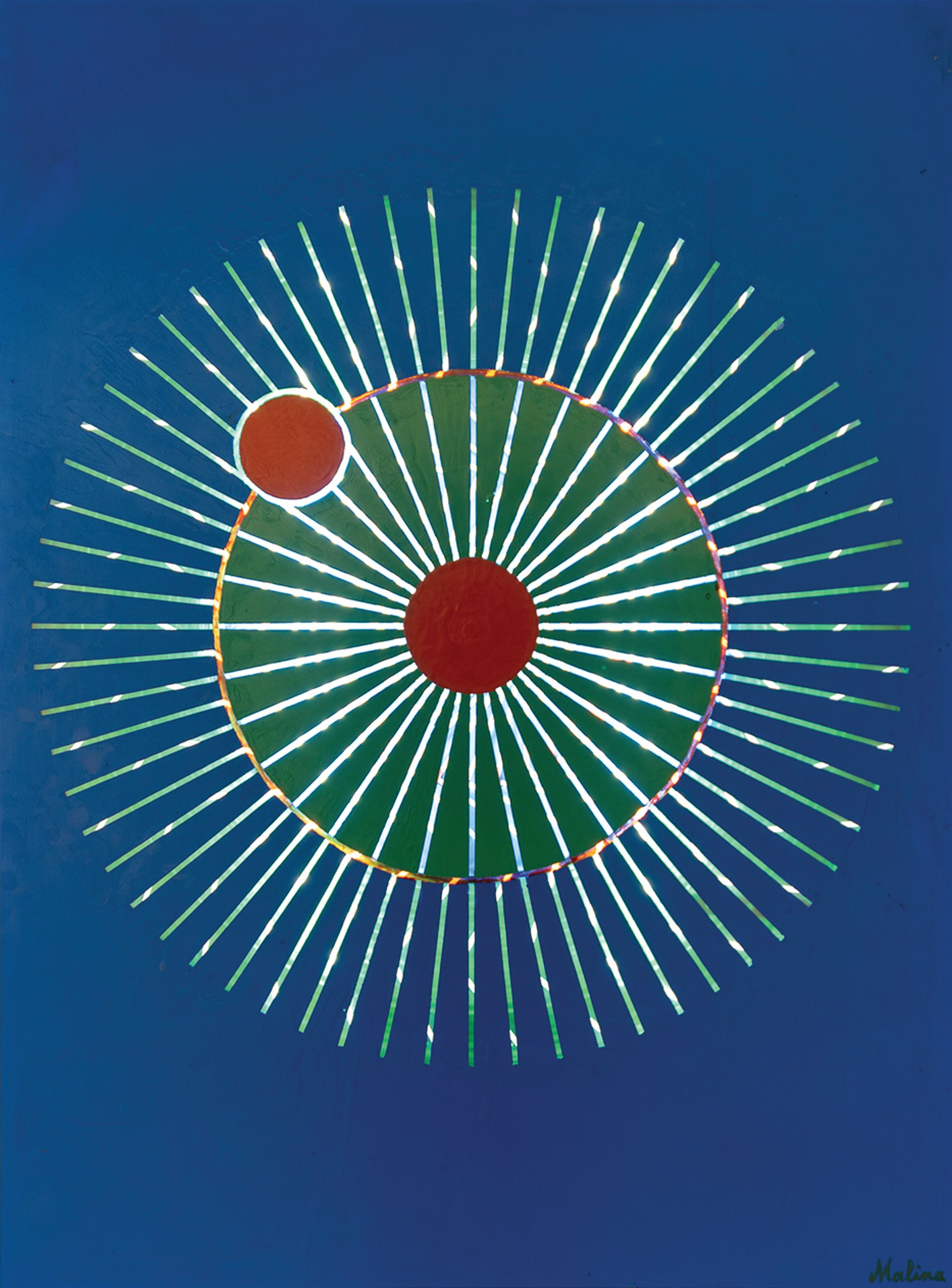
Frank Mailina, Mitosis (1974), from the show Particles and Waves: Southern California Abstraction and Science, 1945-1990 at Palm Springs Art Museum Courtesy of RCM Galerie, Paris
Palm Springs Art Museum, until 24 February
If you think you have seen this show before, you are wrong. This survey of Southern California art made in the wake of the region’s post-war technology and engineering boom is not your usual Light and Space plus Finish Fetish grouping. Important additions include the kinetic “paintings” by Frank Malina, the rocket scientist who co-founded the Caltech Jet Propulsion Laboratory, created the art-meets-science magazine Leonardo and invented his own genre of motor-operated lightbox to dazzle viewers.
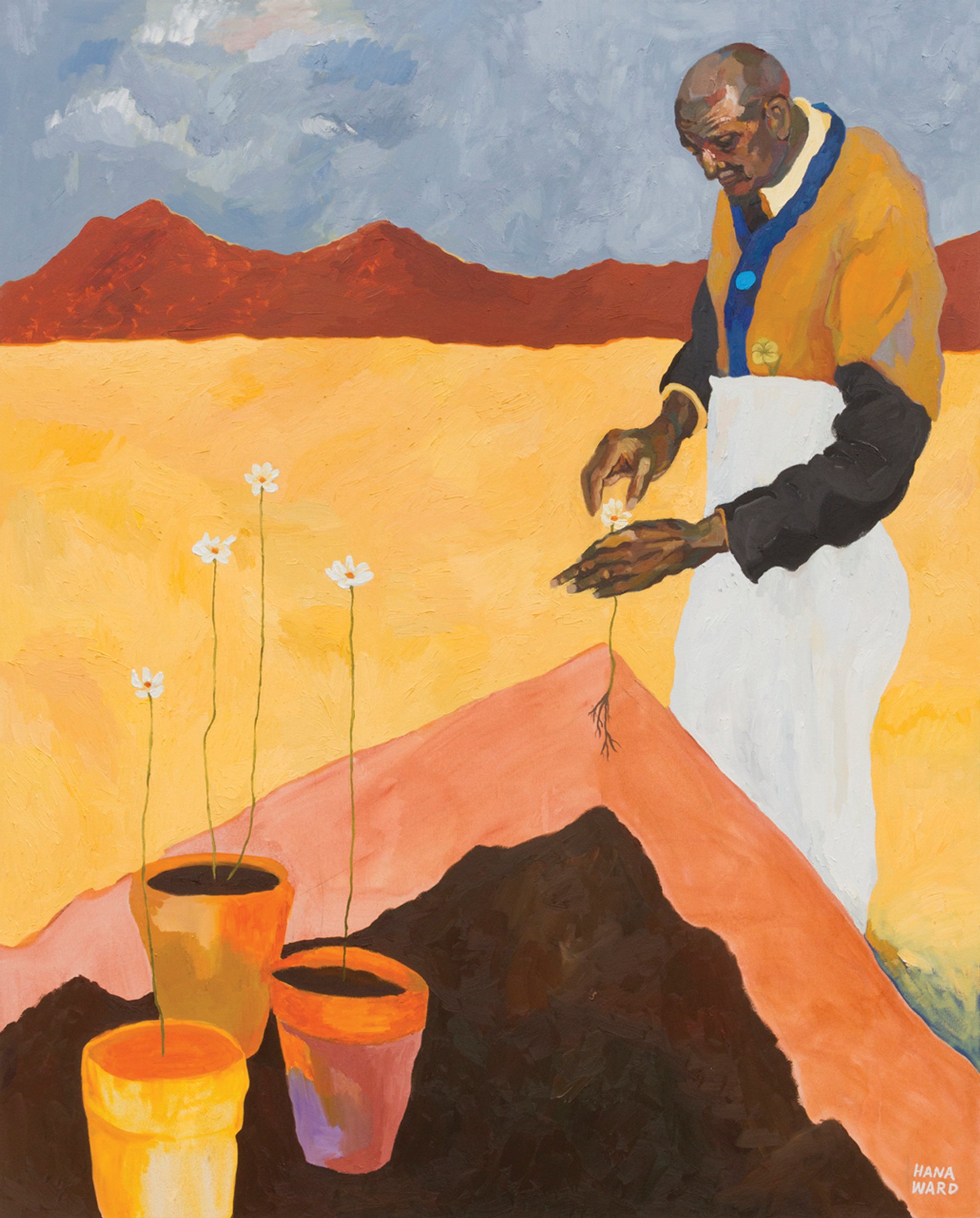
Hana Ward, Pioneer of Possibility (2023), from World Without End: The George Washington Carver Project at the California African American Museum Photo: Deen Babakhyi, courtesy of the artist and OCHI
California African American Museum, Los Angeles, until 2 March
Born enslaved on a Missouri farm around 1864, George Washington Carver was by the end of his life celebrated as an agricultural scientist, inventor and educator, who promoted crop rotation and other sustainable farming practices. Carver was also a painter who made his own pigments from plants and clay. This show explores his wide-ranging creative legacy with the help of contemporary artists, including Amanda Williams, who has contributed a brilliant blue wall to the show. Working with chemistry students, Williams has recreated a shade of Prussian blue that Carver invented and—in a rare move—patented it, calling attention to the history of undervalued Black intellectual property.
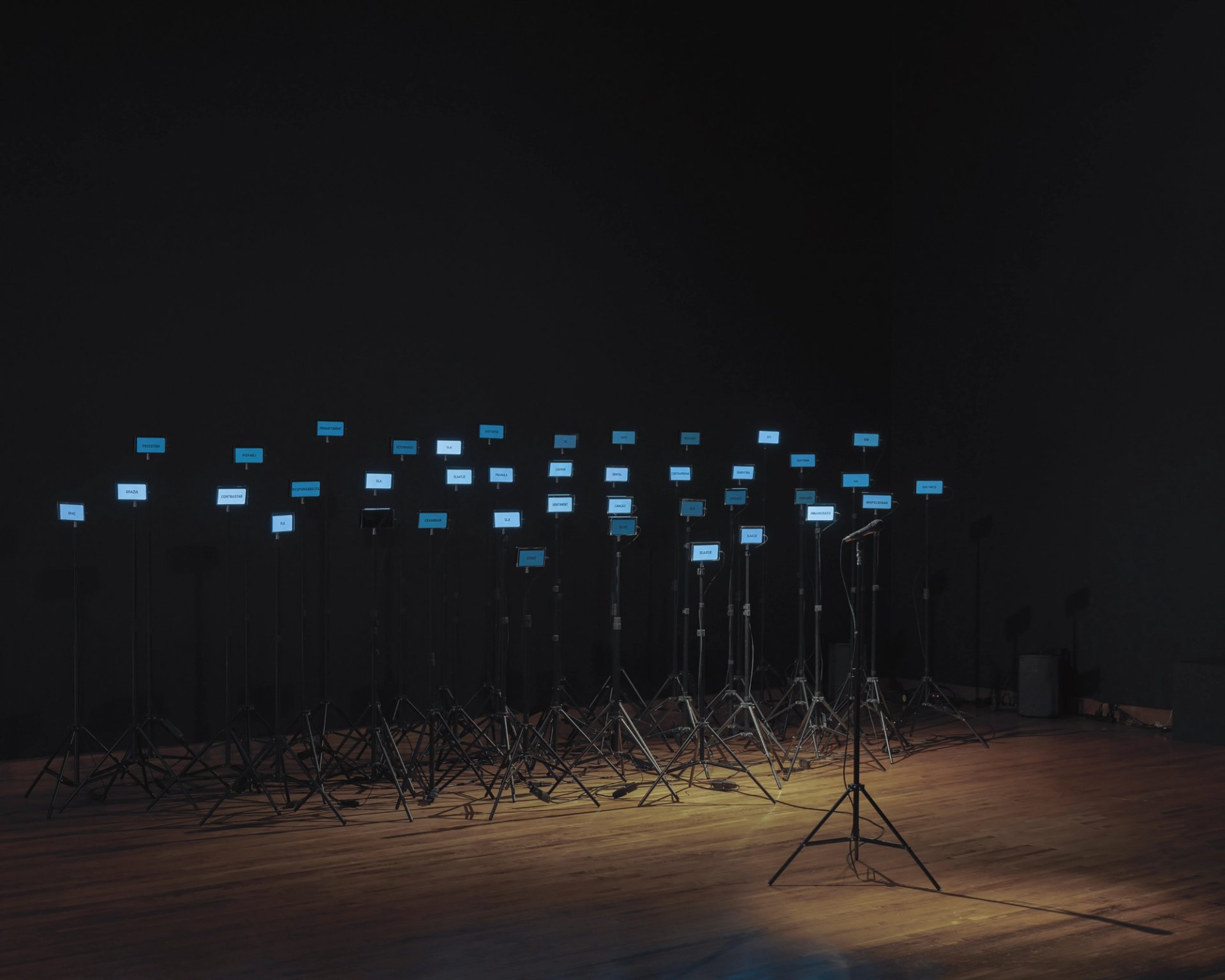
Rejane Cantoni and Leonardi Crescenti, Speak/Fala (2011) Photo: Yubo Dong ofstudio photography
Museum of Latin American Art, Long Beach, until 23 February
A provocative hodgepodge of a survey, ARTEÔNICA places work by seven pioneers of technological art from various Latin American countries alongside examples by their 21st-century artistic heirs. The revelation is how many of the artists are women, making this a sequel of sorts to Radical Women at the Hammer Museum in the previous edition of PST Art, in 2017. My personal favourite is the “autonomous speaking machine” by the Brazilian artist Rejane Cantoni with Leonardi Crescenti, Speak/Fala (2011, pictured above), where a field of cellular phones perched on microphone stands speak to each other in 20 languages after visitors give them a human prompt. It is like putting Siri and Alexa into conversation, but Cantoni did it with a custom program at a time when such automated assistants were just being developed.
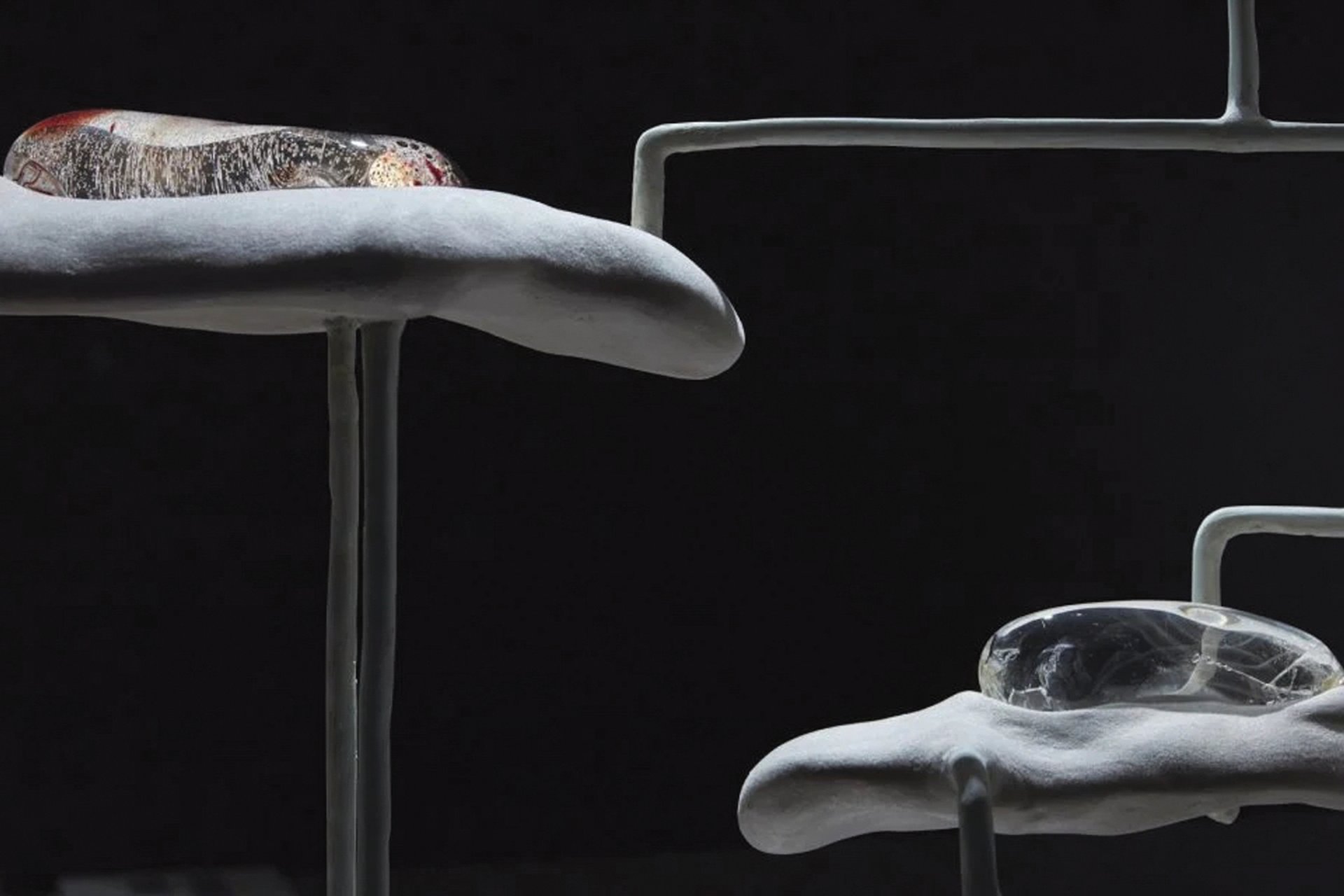
Jes Fan, Form Begets Function (2020) from Scientia Sexualis at the Institute of Contemporary Art, Los Angeles Photo: Zan Wimberley, © Institute of Contemporary Art, Los Angeles, courtesy of the artist and Empty Gallery, Hong Kong
Institute of Contemporary art, Los Angeles, until 2 March
How is it possible this is the first time I have ever done pelvic floor exercises in a museum? Thank you, Nao Bustamante, for the pleasure of guiding me through these exercises while watching your video from the comfort of your kitschy, plastic-wrapped couch set against a labia-pink wall. Pleasure-pain dynamics, as well as pride-shame and health-disability dialectics, course through many works in this exhibition, which tend to parody, skewer or otherwise expose the hyper-clinical and also harshly punitive treatment of genitalia and gender variations that are normalised in Western medicine, biology and anthropology. Several works also take aim at Gustave Courbet’s L’Origine du monde (1866), such as Candice Lin creating a ceramic sculpture of a woman’s torso, designed so you can glimpse a video animation through her vagina—the original peephole!
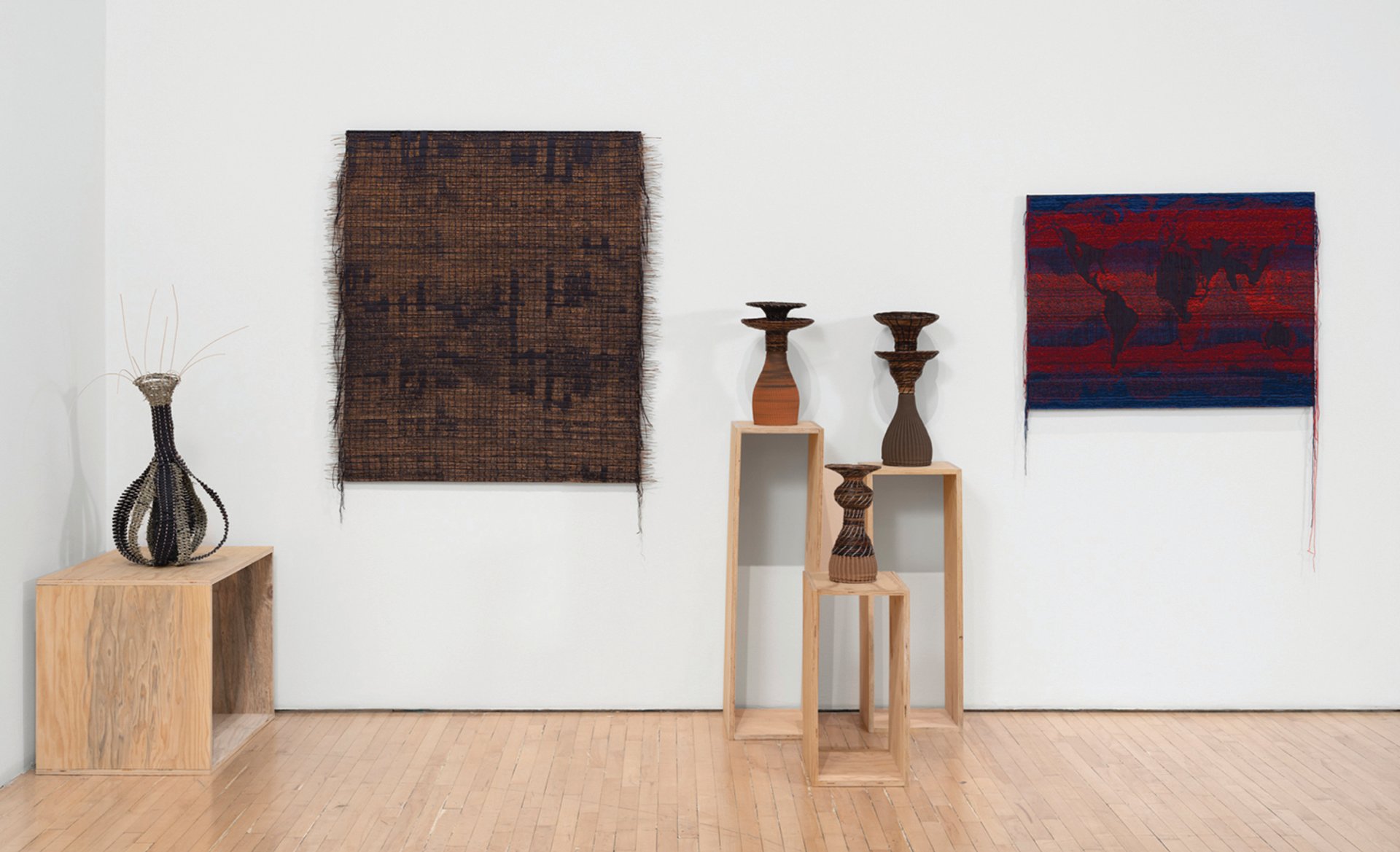
Works by Sarah Rosalena at the From the Ground Up: Nurturing Diversity in Hostile Environments exhibition, Armory Center for the Arts Photo: Yubo Dong, ofstudio photography
Armory Center for the Arts, Pasadena, until 23 February
Several PST Art curators decided for their shows to focus on issues related to the environment and climate change, with mixed results. From the Ground Up did this with just the right amount of intellectual curiosity and visual diversity, showcasing 16 artists—including many new talents—who work with soil or plants and, often, ideas of cultivating community. Look for a magical animation by iris yirei hu where free-floating body parts are projected on a rammed-earth slab, and the open-ended ceramic basketry of Sarah Rosalena (pictured above), who uses 3D printing as well as Indigenous techniques to obliterate the digital-analogue divide.
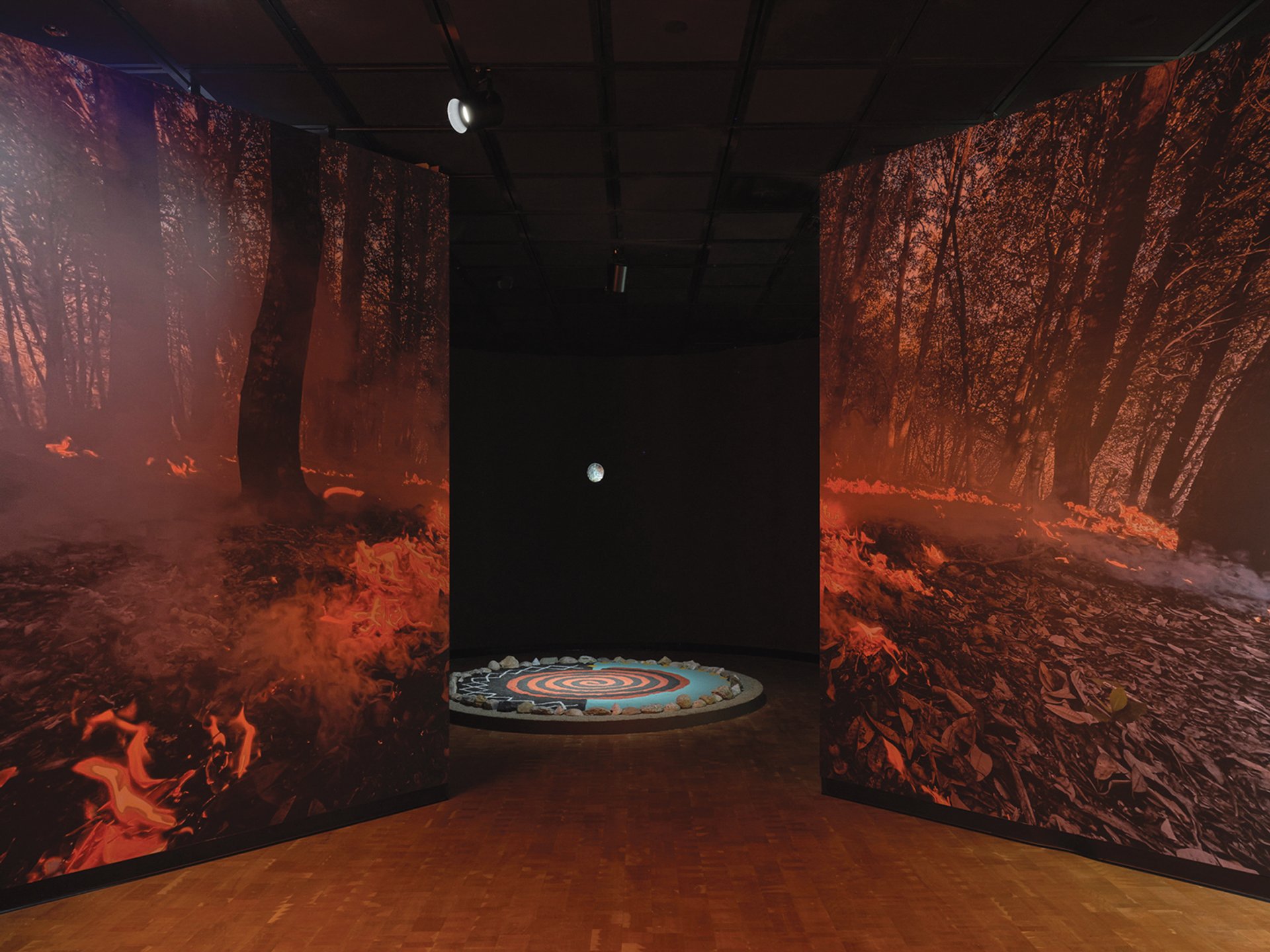
The exhibition Fire Kinship: Southern California Native Ecology and Art at the Fowler Museum at UCLA Photo: Elon Schoenholz
Fowler Museum at UCLA, Los Angeles, until 13 July
Telling the story of how Indigenous fire practices in Southern California were demonised and largely extinguished by Spanish missionaries and later US government statutes, Fire Kinship brings together archival letters, historical examples of Cahuilla baskets and tule (reed) boats, videos documenting cultural burns and several new commissions by Indigenous artists to create a mosaic-style appreciation of fire. In other words, the material is varied, but the soundtrack, singular: the hissing, spitting and sputtering noises coming from different galleries will be déjà vu for anyone following the Los Angeles wildfires last month.
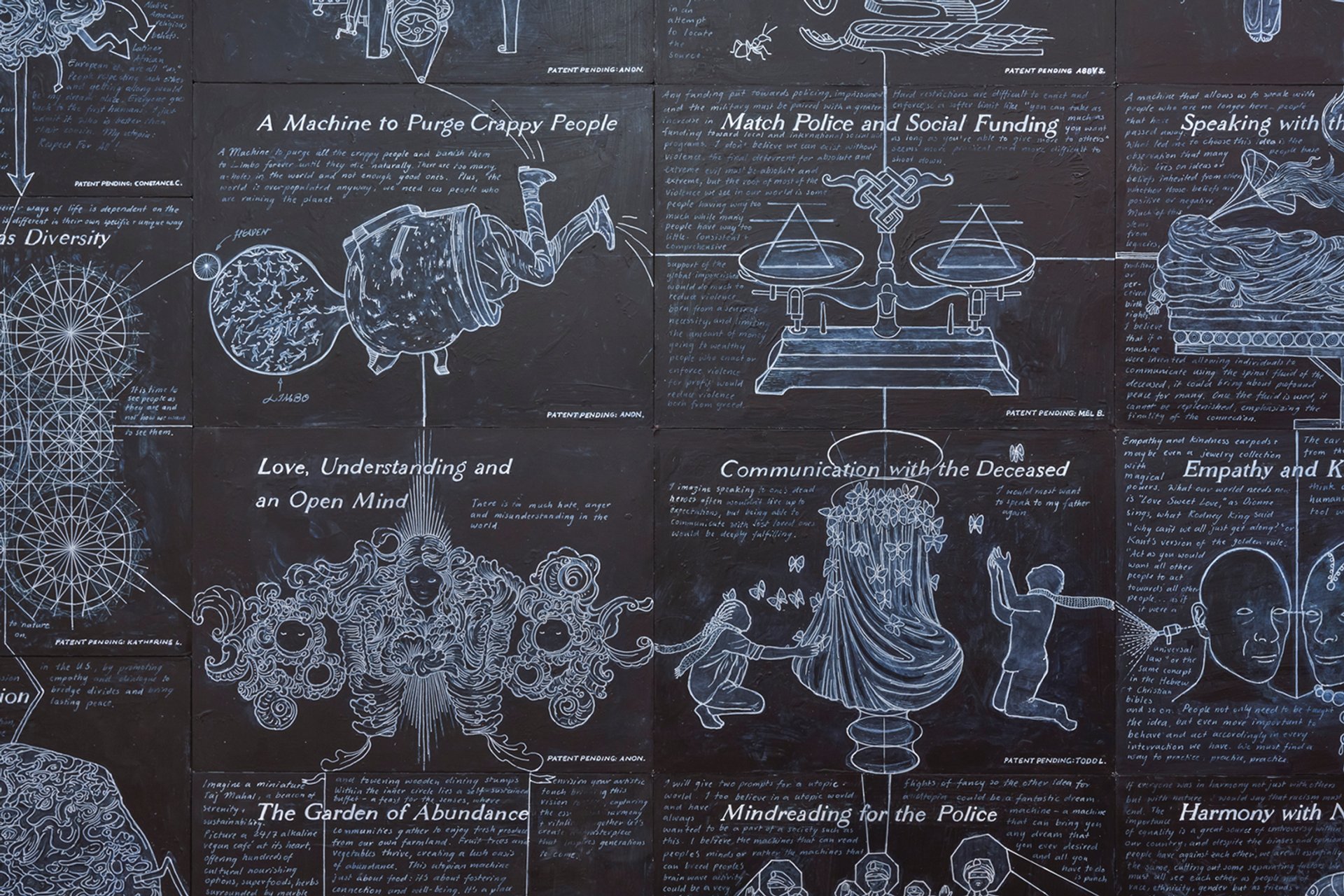
Ellen Harvey, The Utopia Machine (2024), at the Los Angeles Public Library Photo: Angel Xotlanihua
Los Angeles Public Library, Central library, until 11 May
More than any other PST Art offering, this brilliant survey—on the process and products of invention—finds a sweet spot on the Venn diagram of art and science: artists engaging in scientific-seeming research and discovery, and scientists using artistry and craft to their own ends. The show is also a lot of fun, with all varieties of inventors smartly put on the same plane. On one wall: a display case of miniatures submitted as part of US patent applications (models of inventions were required until 1880), including an ominous machine for killing mosquitoes. On the opposite: a selection of witty, often wicked, designs by the late, great artist Pippa Garner, like a garden gnome that doubles as a leaf blower (shown as an illustration) and a gas-powered toothbrush (actually fabricated). Other artists who get their own sections in the show include Analia Saban, who experimented with the “fabric” of paper for prints with studio Mixografia, and Ellen Harvey, who has made for the show a large-scale drawing called The Utopia Machine (pictured above), based on crowd-sourced visitor suggestions of best-case future scenarios. (“Quiet Hospitals”? Yes, please!) And do not miss the gallery next door’s Prisoners’ Inventions by the artist collective Temporary Services and the late inmate artist Angelo, featuring examples of extreme resourcefulness that he witnessed during his incarceration—from a mop made of newspapers to a cigarette lighter fashioned from a soda can.


